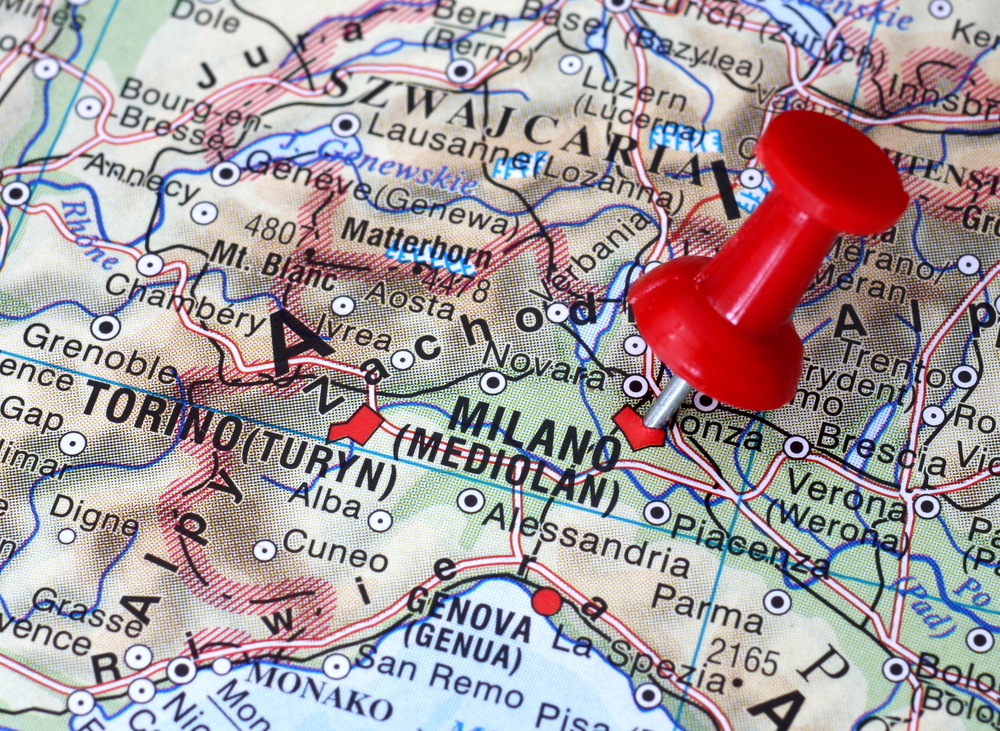SIA to shake up “fossilised” P2P payments in a Jiffy
Italian payment processing specialist SIA has released a new P2P payments service that allows users to send and receive funds on their smartphone using their phone contacts. Called Jiffy, the app has been welcomed by Italian retail banks – but SIA’s ambitious plan calls for the service to be rolled out to 400 million European current account holders.
The app is based on the SEPA Credit Transfer, and is designed to work on Android, Apple iOS and Windows Phones. The idea is to allow consumers to pay each other via mobile, for example for a restaurant meal, collecting funds towards a gift, sending money to a relative or giving pocket money to children. Users will need to be a customer of one of the banks signed up to the service, which at present include 60% of the Italian current account market.
To use the service, customers register on their bank’s home banking portal and provide their mobile phone number so that it can be used to send and receive funds. The system then links the IBAN code of the account to the phone number. Once the customer has downloaded the Jiffy app, they use an interface similar to WhatsApp to open up their contacts, select the beneficiary, enter the amount, along with an optional text message, and then clicks to send the funds. The recipient will need to also have Jiffy installed to be eligible to receive the funds.
“Our plan is to make this wallet indispensable for customers,” said Nicola Cordone, senior vice president at SIA . “The security is the same as your normal home banking – there are no extra PINs. The bank can set limits on the amount you can use daily, and you can also set limits for yourself – for example, €250 per day, or any amount you wish.”
Cordone added that SIA had decided to start with peer-to-peer payments, but that the technology could easily be extended to business-to-business payments if it proves successful. He also explained that the participating banks have complete control over the pricing – meaning that they may decide to offer Jiffy to customers free, or for a charge, depending on the bank.
“It can be personalised for each bank, and we plan to start rolling it out in northwest Europe in Belgium, the Netherlands and the UK, followed by eastern Europe and then next year the Middle East and North Africa,” he said.
UBI Banca was the first bank in Italy to adopt Jiffy. Following a test phase in Bergamo, the bank plans to extend it to all of its network, which has four million customers and is said to be the fifth largest in Italy by number of branches. However, other banks have also welcomed Jiffy on the basis that it offers a means to further their mobile strategy, which is seen by many as a key tool to reach younger consumers.
“Payment has been fossilised for many years but it is bursting out,” said Stefania gentile, Intesa Sanpaolo. “We are glad to see Jiffy and we welcome competition among IBAN numbers. Multi-channel payments are important to use and we believe mobile payments are the future.”
According to figures provided by Vodafone, smartphone penetration in Italy currently stands close to 70%, putting the country ahead of other European countries. On average, Italians spend two hours per day using mobile internet, versus 1.6 hours in Germany and 1.4 hours in Spain.









































